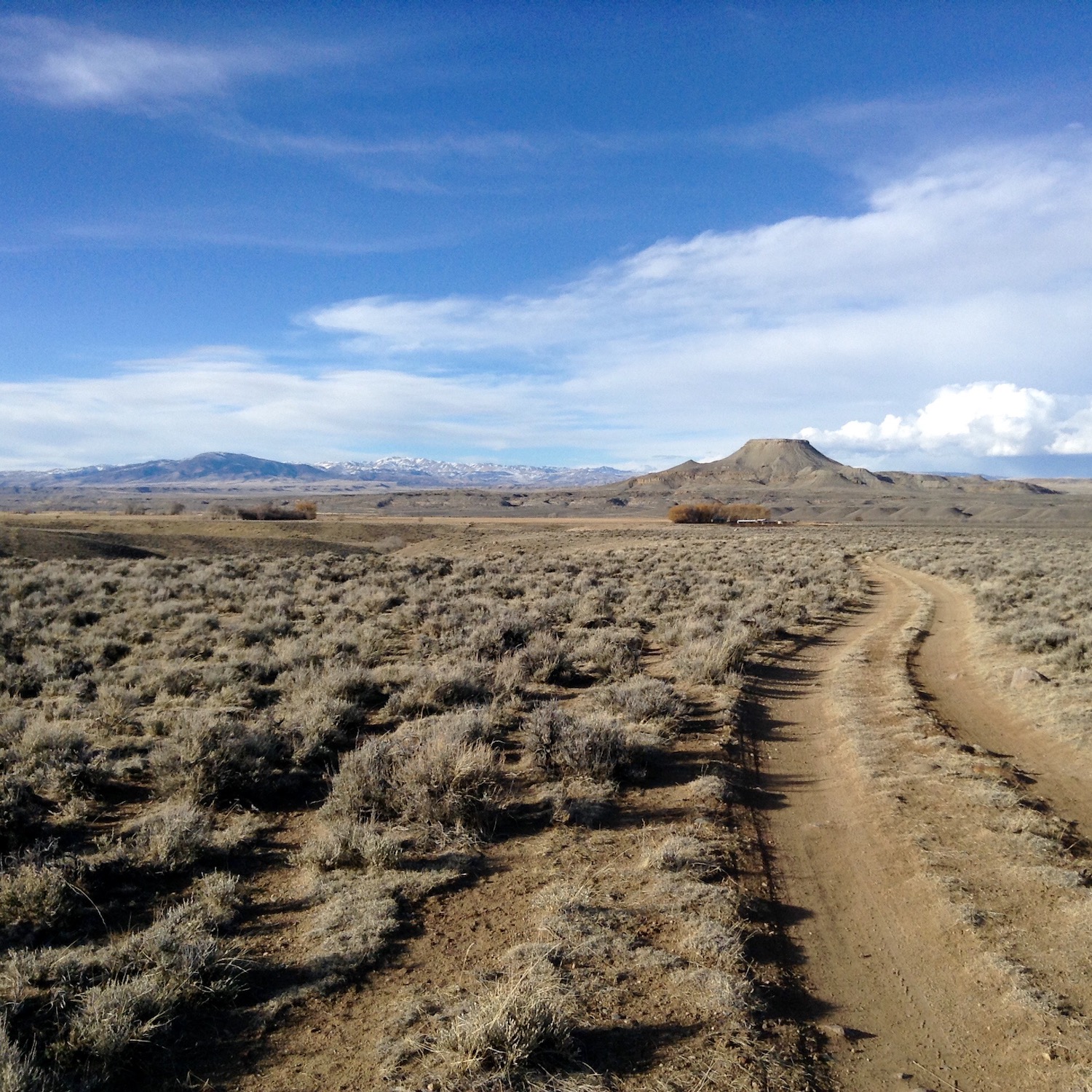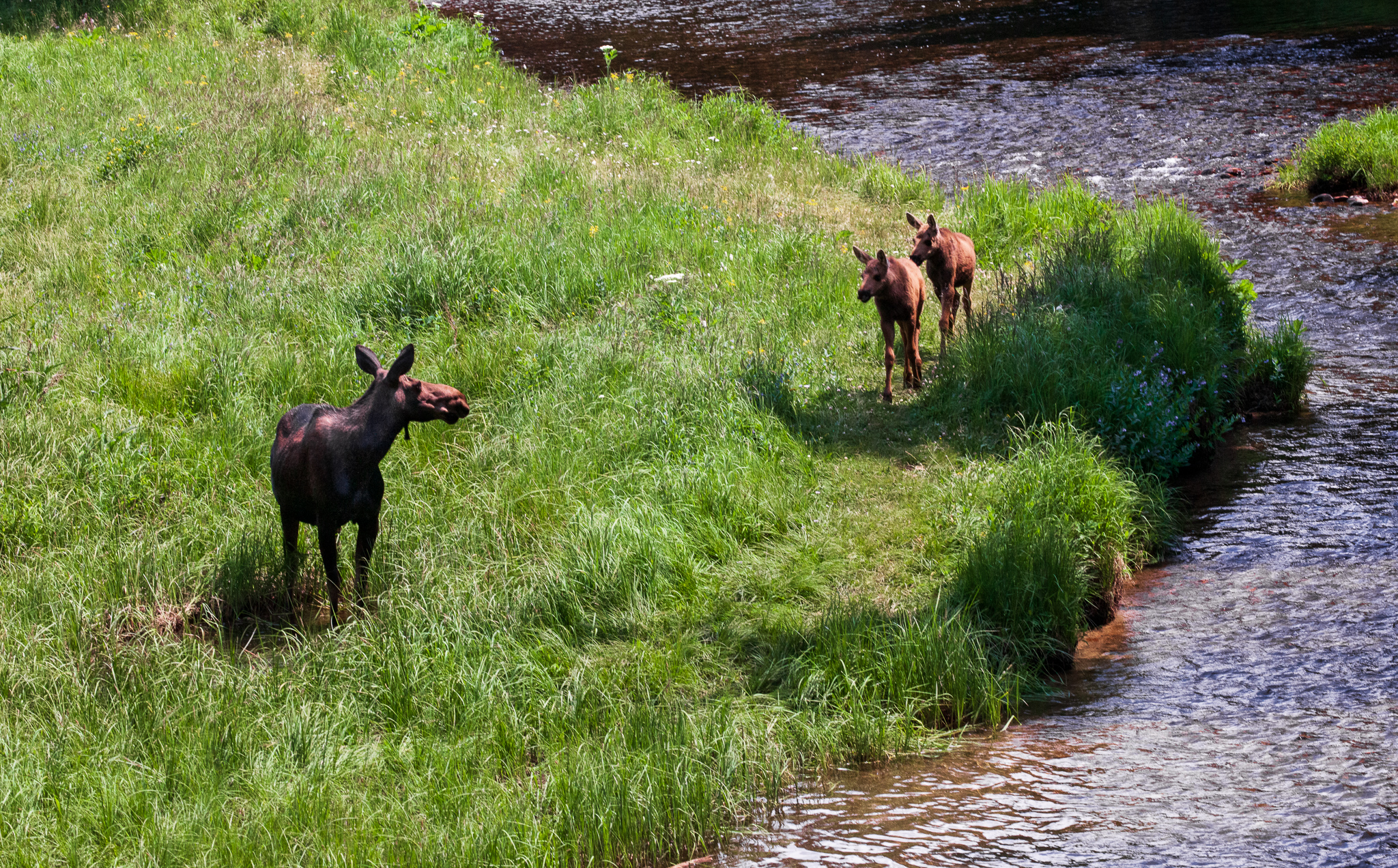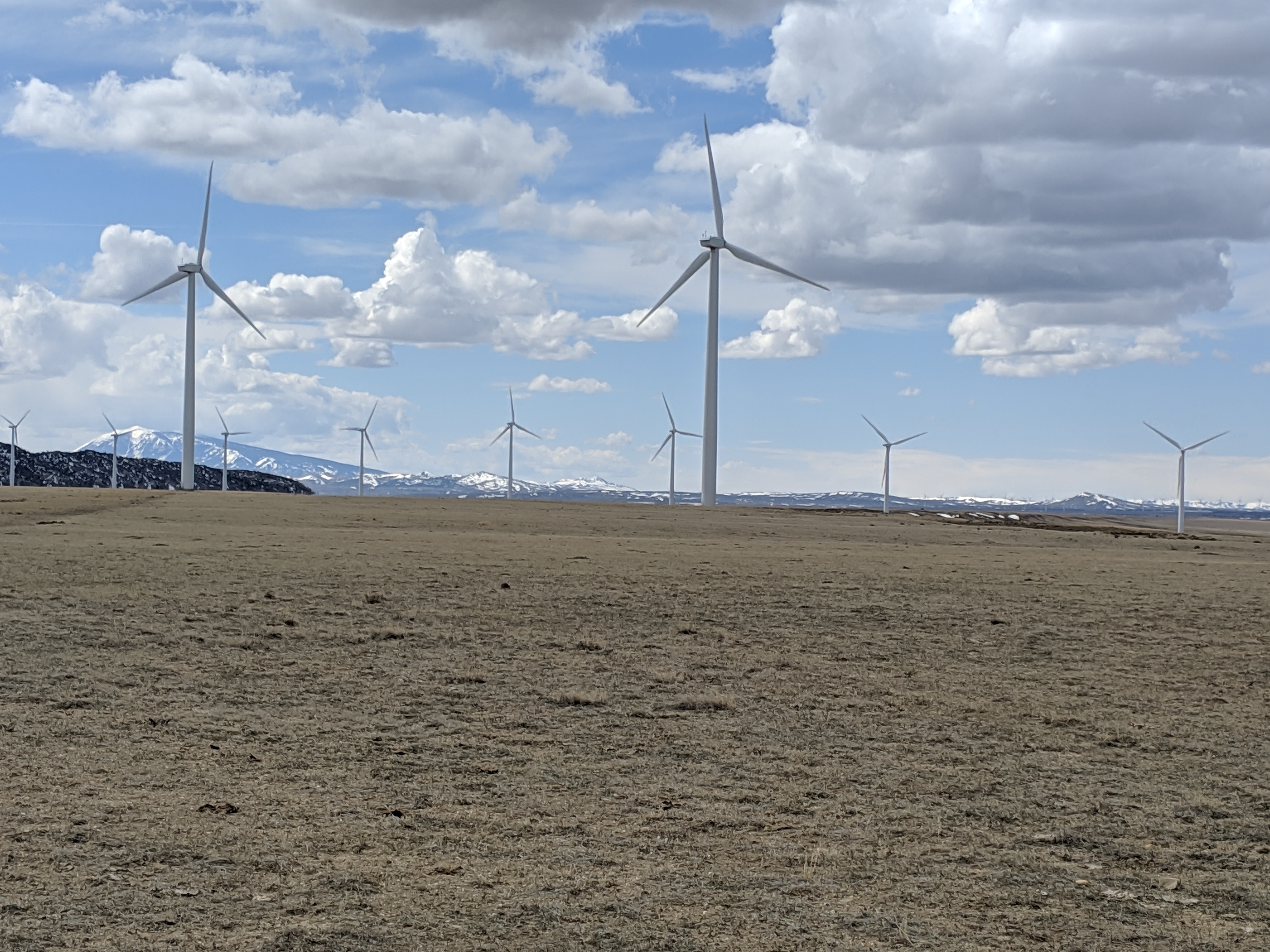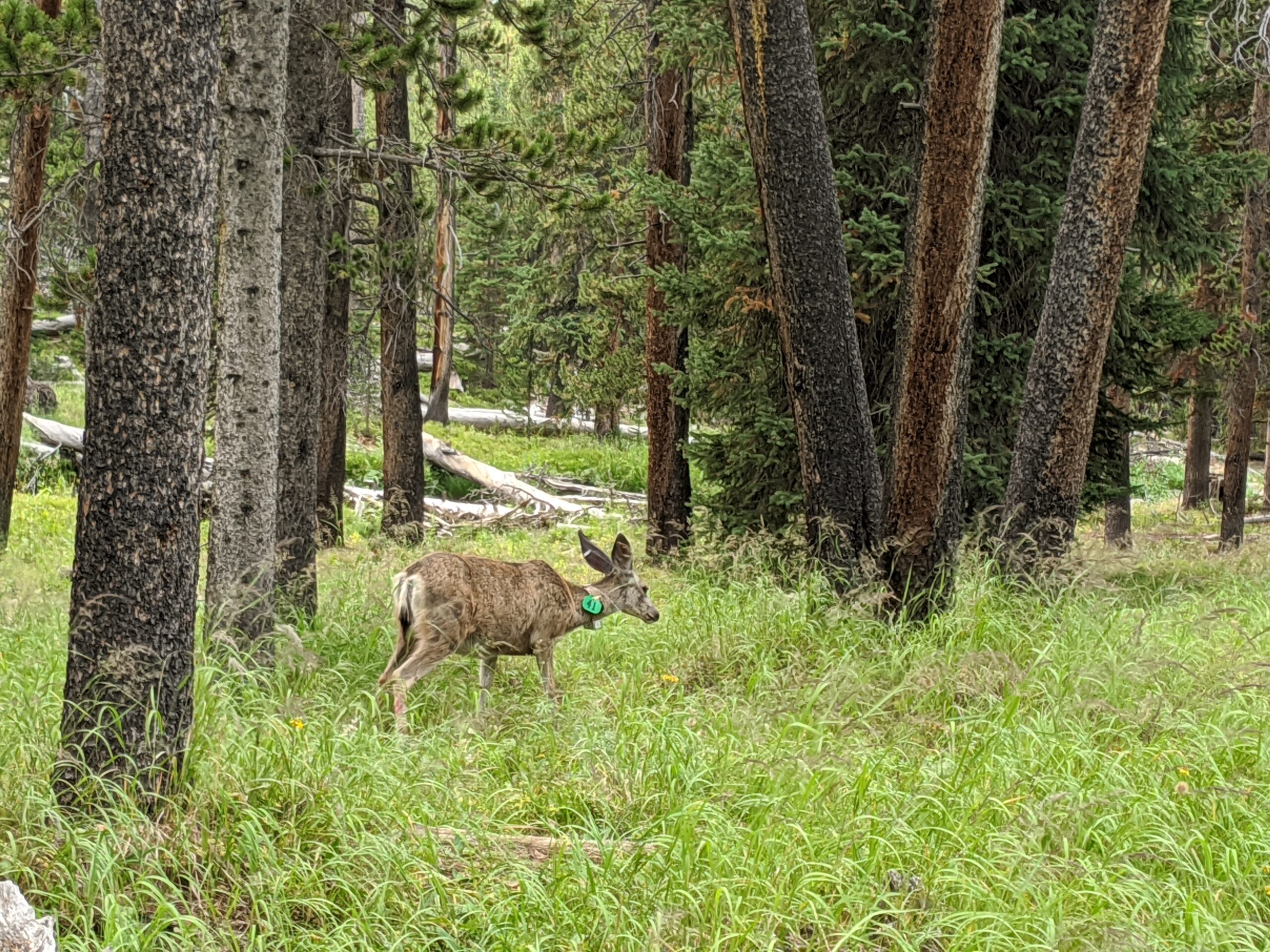About our work

We conduct ecological research to help better understand, manage and conserve animal populations. Our applied research program builds knowledge about wildlife populations and communities by seeking general solutions to specific management and conservation challenges. Although our ecological research interests are broad, we tend to focus on large mammals (ungulates in particular), and we seek to understand their behavior, population dynamics, community-level interactions, and the factors that sustain their seasonal migrations.
Vast, wild landscapes that still support functional ecosystems are a hallmark of Wyoming and the West. Our work seeks to better understand how these systems work and how their functioning is altered by anthropogenic disturbance and habitat loss. By better understanding the ecology of the Western landscape, we hope to provide knowledge and tools to managers that seek to maintain healthy wildlife habitats and communities.
Projects
-
The Wind River Reservation provides vast and intact winter range for at least 10,000 elk and approximately 5,000 deer on the Owl Creek and Wind River Mountain winter ranges in northwest WY. Large groups of elk (1,000+) have been routinely observed moving onto tribal lands in early winter and moving onto lands managed by the Wyoming Game and Fish Department in the summer and fall. Thus, the Wind River Reservation provides crucial winter range for elk that are hunted on public land during the fall. Elk also provide recreational, cultural and subsistence values to thousands of enrolled Eastern Shoshone and Northern Arapaho members of Wind River Reservation. Despite these benefits, we do not know the location of migration corridors, stopover areas used by elk or mule deer. Understanding the location and use of these areas is critical to conserving and managing these herds for future generations. Further, we have a limited understanding of the demography of this herd (adult survival, pregnancy rates), and how diseases such as Brucellosis could be influencing population growth. Our proposed work seeks to fill these knowledge gaps to better manage these important herd into the future. More
-
There has never been a detailed study of moose in the Bighorns. Consequently, seasonal ranges and migration corridors have not been mapped using current methods. Additionally, moose are not native to the Bighorns. This research will focus on movement data from the Bighorn moose herd, which appears to have habitat associations and migration pattern that are different from moose in western Wyoming. Importantly, the reason for these differences in habitat selection are largely unknown. We will compare the movements, migrations, and habitat use of Bighorn moose to existing movement data from three other moose herds throughout Wyoming, including data from the Jackson herd, Sublette herd and the Snowy Range herd (Figure 1). By comparing Bighorn moose to other well-studied Wyoming herds, we aim to advance our understanding of the movement and behavioral strategies moose use to persist in Wyoming’s variable landscapes. More
-
Although Wyoming has approximately half of the world’s total population of pronghorn, factors influencing local herds have been little studied. We propose to study the effects of wind energy development on the movement of pronghorn that winter in Shirley Basin south to the town of Medicine Bow. The broad objective of this 6-year study is to evaluate whether pronghorn change their seasonal movements or winter habitat use in response to wind energy development. Study results will aid wildlife managers to evaluate likely impacts and explore potential solutions to minimize habitat loss for wintering pronghorn. More
-
Numerous taxa, migrate between seasonal ranges to meet nutritional requirements and avoid severe conditions (Si et al. 2015, Armstrong et al. 2016, Acker et al. 2021). Traditional ecological research tends to focus on one seasonal range within an animal’s annual life cycle and rarely incorporates the influence of prior seasons (Marra et al. 2015). Consequently, scientists may misclassify mechanisms underlying demographic variation at the individual or population level (Ådahl et al. 2006, Knight et al. 2021). By excluding year-round data, the vulnerability to climate change of some species may be overlooked resulting in the lack of management action (Gallinat et al. 2015, Culp et al. 2017). To incorporate seasonal interactions and advance the ecology of migratory species, Marra et al. (2015) have called for studies that focus on the full annual cycle. (Culp et al. 2017) More
-
Although migration may be the most optimal strategy in numerous ungulate systems, many migratory herds contain individuals that do not migrate or migrate relatively short distances – a phenomena known as partial migration. If long-distance migration, however, is commonly viewed as the most profitable strategy promoting herd fitness and population performance, what allows residents – or other strategies – to persist over the long-term? More







